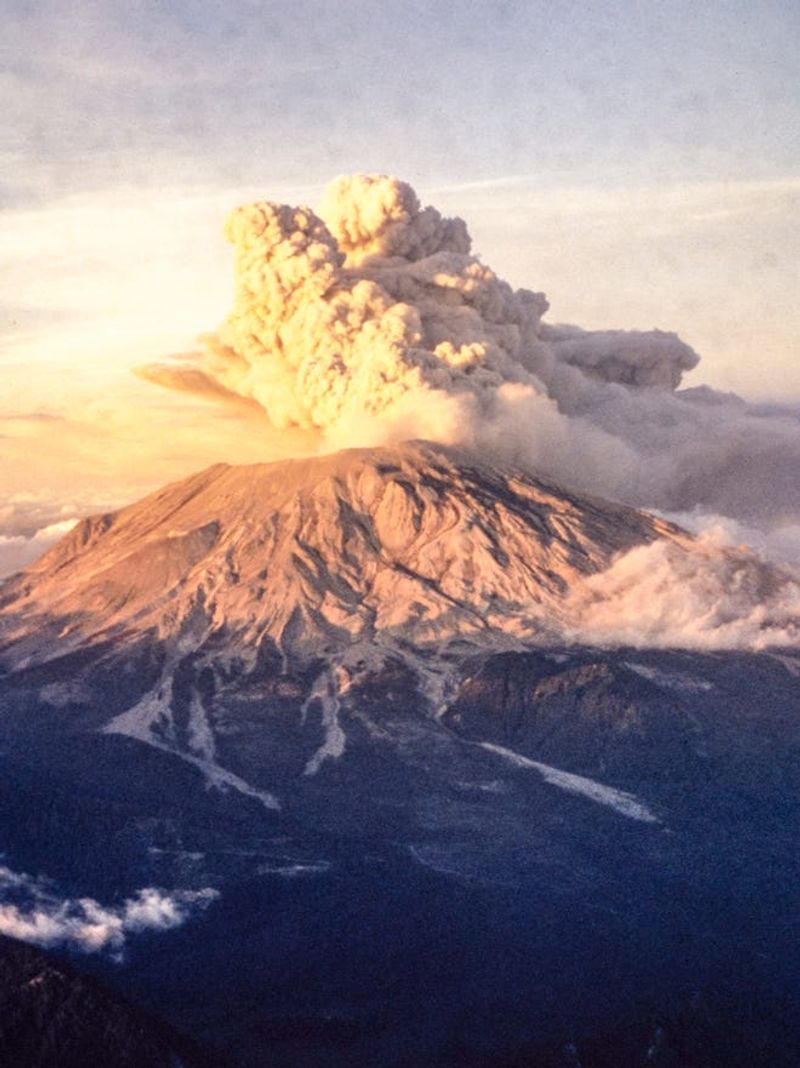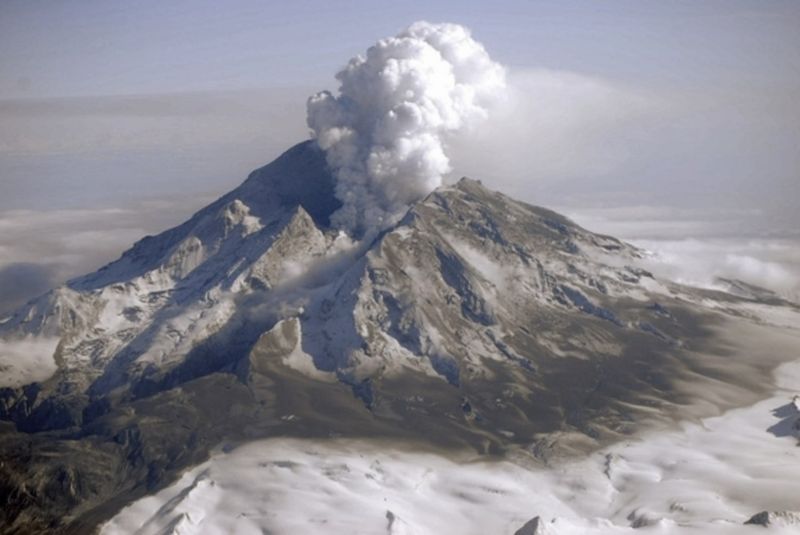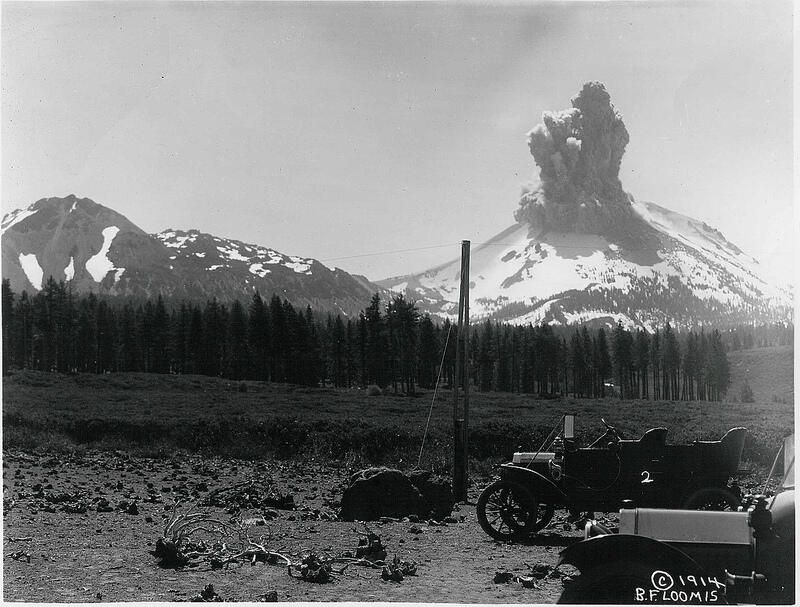Volcanoes are Earth’s most dramatic landforms, capable of transforming landscapes in minutes and altering human history forever. The United States is home to 169 active volcanoes, from the tropical islands of Hawaii to the frozen wilderness of Alaska. These fiery mountains have shaped American geography, threatened communities, and fascinated scientists for generations.
1. Kīlauea: Hawaii’s Relentless Fiery Heart
Standing at the southeastern edge of Hawaii’s Big Island, Kīlauea reigns as one of Earth’s most consistently active volcanoes. Since 1983, its glowing rivers of molten rock have reshaped coastlines and neighborhoods alike.
The 2018 eruption marked its most destructive phase in modern times, obliterating over 700 homes in the Leilani Estates subdivision. Massive fissures tore through residential streets, spewing fountains of lava hundreds of feet skyward.
Hawaiian culture reveres Kīlauea as the home of Pele, the volcano goddess. When visiting, you might hear locals speak of leaving offerings—gin, ti leaves, or ohelo berries—to appease her fiery temperament and ensure safe passage across her domain.
2. Mount St. Helens: Washington’s Deadly Awakening
“Vancouver! Vancouver! This is it!” These were geologist David Johnston’s final words before being engulfed by Mount St. Helens’ catastrophic lateral blast on May 18, 1980. The mountain’s north face collapsed in seconds, triggering the deadliest volcanic event in U.S. history.
Fifty-seven lives were lost that day. The eruption flattened 230 square miles of forest like matchsticks and launched ash 15 miles into the stratosphere, darkening skies across Washington state.
Today, the mountain stands 1,300 feet shorter, its perfect cone replaced by a horseshoe-shaped crater. Though quieter now, scientists maintain constant vigilance—the sleeping giant beneath continues to breathe, with minor eruptions as recently as 2008.
3. Mauna Loa: The Colossal Giant
Imagine a mountain so massive it actually bends the ocean floor beneath its weight. That’s Mauna Loa—the largest active volcano on our planet. From its base on the Pacific seafloor to its summit, it towers higher than Mount Everest.
When Mauna Loa awakens, it doesn’t merely erupt; it transforms entire landscapes. The 2022 eruption sent rivers of molten rock creeping toward Saddle Road, the critical highway connecting Hilo and Kona. Previous flows have threatened to devour Hilo itself.
Unlike explosive volcanoes, Mauna Loa’s danger comes from its sheer volume and speed. Its fluid lava can travel miles in hours, cutting off escape routes before residents realize the danger. Hawaiian mythology considers it the embodiment of Pele’s older, more powerful sister.
4. Great Sitkin: Alaska’s Remote Rumbler
Few Americans have heard of Great Sitkin, yet this Alaskan volcano is currently among the most active in the nation. Perched in the remote Aleutian Islands—closer to Russia than mainland America—its ongoing eruption has quietly persisted since 2021.
Pilots crossing the Pacific report seeing the volcano’s lava dome slowly growing within its snow-capped crater. Despite its current activity, Great Sitkin ranks lower on threat assessments simply because so few people live nearby.
The volcano’s location along the Pacific’s “Ring of Fire” means it rarely erupts alone. When Great Sitkin stirs, volcanologists watch its neighbors carefully. A chain reaction of eruptions could send ash clouds across critical international flight paths, stranding thousands of travelers on both sides of the Pacific.
5. Mount Redoubt: Anchorage’s Ashy Neighbor
In December 1989, a KLM Boeing 747 with 231 passengers flew through Mount Redoubt’s ash cloud. All four engines failed. For five terrifying minutes, the powerless jumbo jet dropped 14,000 feet before the crew miraculously restarted the engines just 6,000 feet above the Alaskan wilderness.
This near-disaster illustrates why Mount Redoubt ranks among America’s most dangerous volcanoes. Located just 110 miles from Anchorage, its explosive eruptions send ash clouds directly into international flight paths and toward Alaska’s largest population center.
The volcano’s location atop massive glaciers creates another hazard—volcanic heat melts ice rapidly, triggering massive mudflows called jökulhlaups that can race downstream at freeway speeds, destroying everything in their path.
6. Lassen Peak: California’s Forgotten Fury
On May 22, 1915, ranchers near Lassen Peak watched in awe as a mushroom cloud rose 30,000 feet above the mountain. The explosion hurled a 10-ton boulder three miles and unleashed a 110-mph avalanche of ash, rock, and gas that obliterated everything in its path.
Despite being the last volcano to erupt in the continental United States before Mount St. Helens, Lassen’s violent history remains surprisingly unknown to many Californians. The park’s “Devastated Area” still shows scars from eruptions that continued until 1917.
Lassen’s volcanic field contains every type of volcano found on Earth—a geological textbook come to life. The USGS ranks it as the 11th most dangerous volcano in America, a sleeping giant that scientists believe will certainly awaken again, potentially threatening communities across Northern California.






